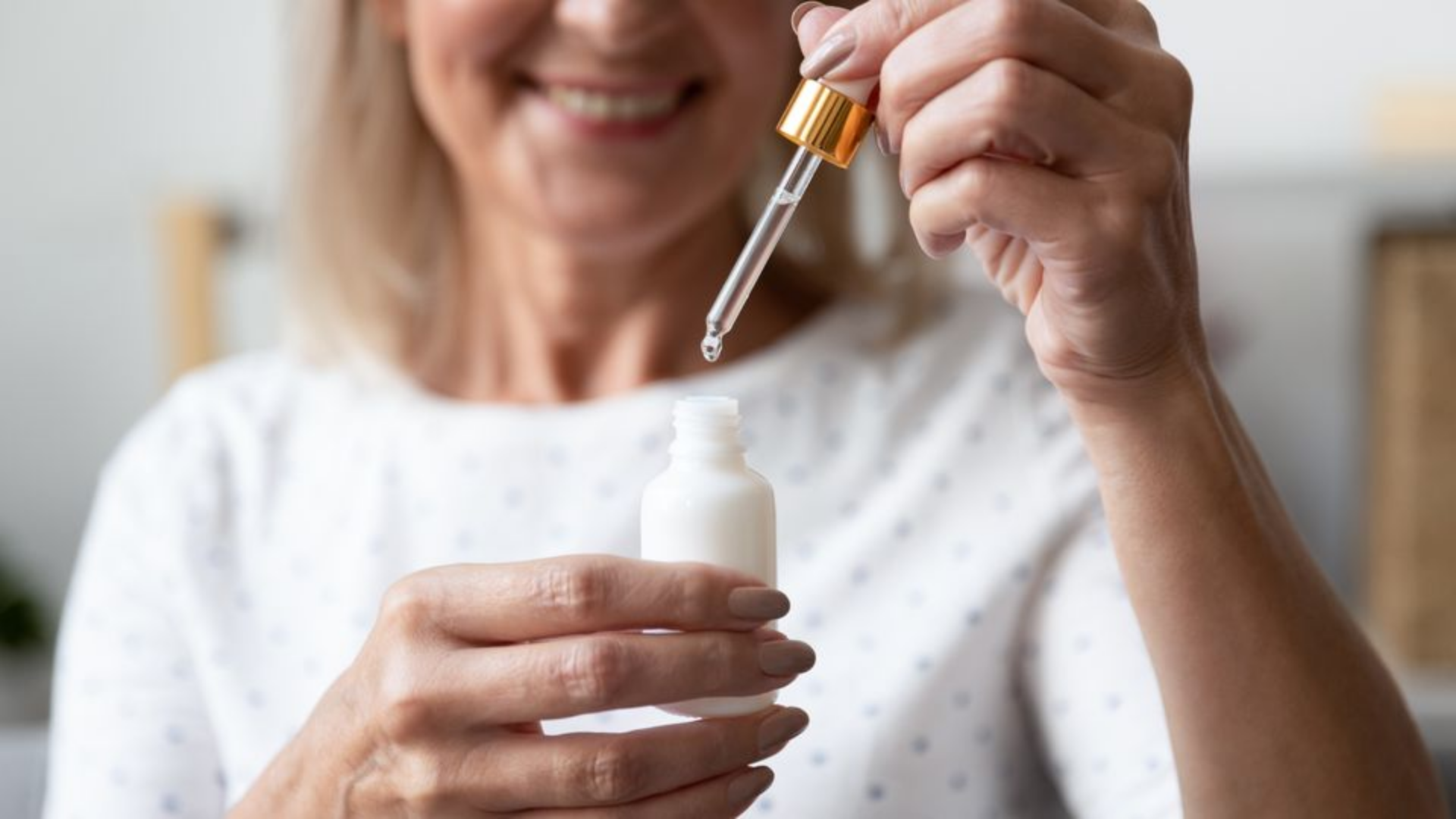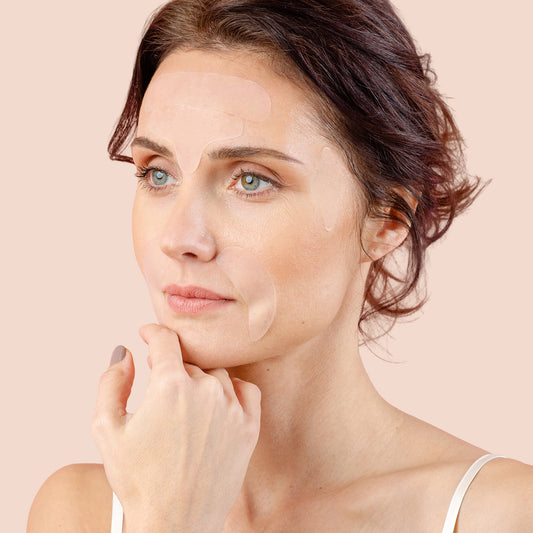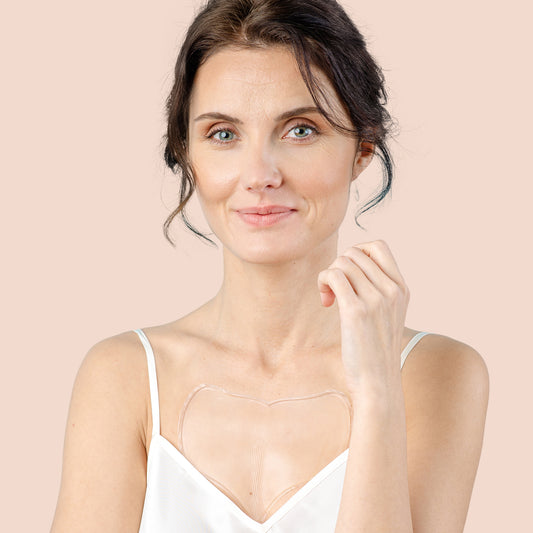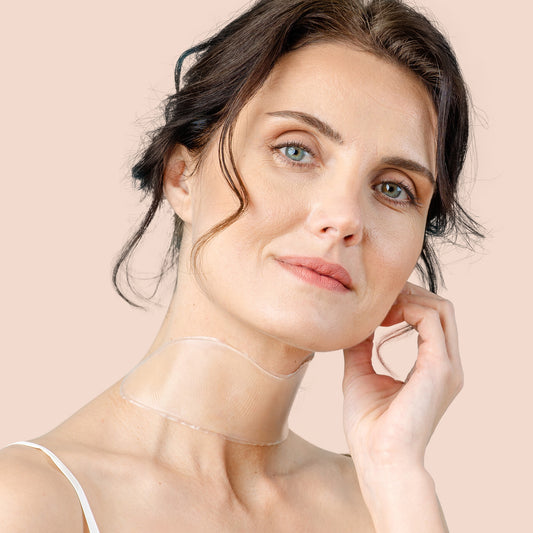
Share
Ingredients to love - Vitamin A
December 10, 2021 by Ana
We’ve already talked about two of our favorite ingredients for skincare, retinol and hyaluronic acid, telling you everything we know about them and how they can pamper and care for your skin. But there are more things out there that you can use to enhance your daily beauty routine, and vitamin A is one of the best options.
You probably know that vitamins are crucial if you want to have healthy skin and avid skin conditions such as acne or the effect of photoaging. And, from all of them, vitamin A is probably one of the best for your gorgeous skin. If you want to learn more about this fantastic ingredient and how it can benefit your skin, continue reading this article.
What Is Vitamin A?
According to the board-certified dermatologist at UnionDerm in New York City, Dr. Robyn Gmryek, though there is plenty of confusing info on this topic, vitamin A is the name of a group of retinoids. So, when we say retinoid, we refer to vitamin A in three different states, retinol, retinoic acid, and retinal (or retinaldehyde). Though all might have similar benefits for your skin, there are differences when it comes to the conversion process and how potent they are. Retinoic acid, for instance, is the strongest, being only available with a prescription. It’s followed by retinaldehyde and retinol, the weakest.
Benefits of Vitamin A for Skin
With retinoids first being praised for their dermatological use in 1943, vitamin A has a long history of caring for our skin. So, it has been discussed and studied more than the rest of the ingredients. After all the studies, there is no doubt that vitamin A brings a long list of benefits for your skin, being an effective treatment for aging signs and a preventative option.
According to Dr. Lucy Chen, a board-certified dermatologist at Riverchase Dermatology, in Miami, FL, one of the best benefits of Vitamin A is that it promotes shedding of old skin cells while stimulating the regeneration of new ones. It also acts as an exfoliant, helping improve the texture and tone of your skin while combating annoying issues like hyperpigmentation.
This miraculous vitamin is a fantastic and effective treatment for acne, helping normalize oil production and, thanks to its exfoliating properties, can prevent clogged pores. In addition, it also helps minimize the look of post-blemish discoloration and has an anti-inflammatory effect that eliminates redness. Vitamin A also improves and thickens the skin, reducing fine lines and wrinkles while minimizing the destruction of existing collagen and elastin.
Another important aspect of using Vitamin A is its capacity to stimulate collagen production. Not only does vitamin A work on the top of the skin, improving your epidermis, but also in the deeper layer, the dermis, where it stimulates the production of collagen.
Side Effects of Vitamin A
While vitamin A is an ingredient we absolutely love, we have to consider its side effects, as well. Among the most known negative aspects it can bring, we find dryness, irritation, and photosensitivity. In some cases, peeling and blistering might happen.
We have, however, good news, as all the side effects usually disappear as soon as your skin gets used to the ingredient, a process known technically as retinization.
How to Use Vitamin A
The best way to use Vitamin A and benefit from it is to start slowly. Using too much might irritate your face so, make sure you don’t add too much. You should only apply a small amount, like a pea-size, for the entire face. Also, it’s best to begin using it once every three nights for a couple of weeks, before increasing to every other night and then nightly.
Apply it only to your clean skin, making sure that the rest of the products you use are mild and gentle. You don’t want to overwhelm your skin, do you? Remember that it will take at least eight to 12 weeks for you to see skin improvement because this is not a sprint but a marathon. Also, don’t forget to take all the steps of your care routine seriously. Using SPF products, cleansing, massaging, applying masks, and using smoothing pads and patches are also crucial for your skin!
DID YOU ENJOY THE BLOG POST?
SHOP OUR OFFER








